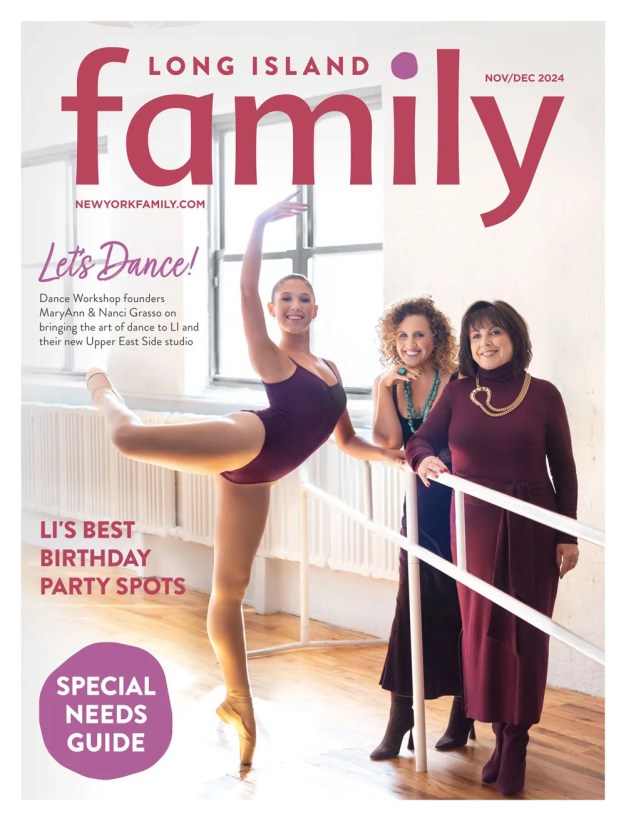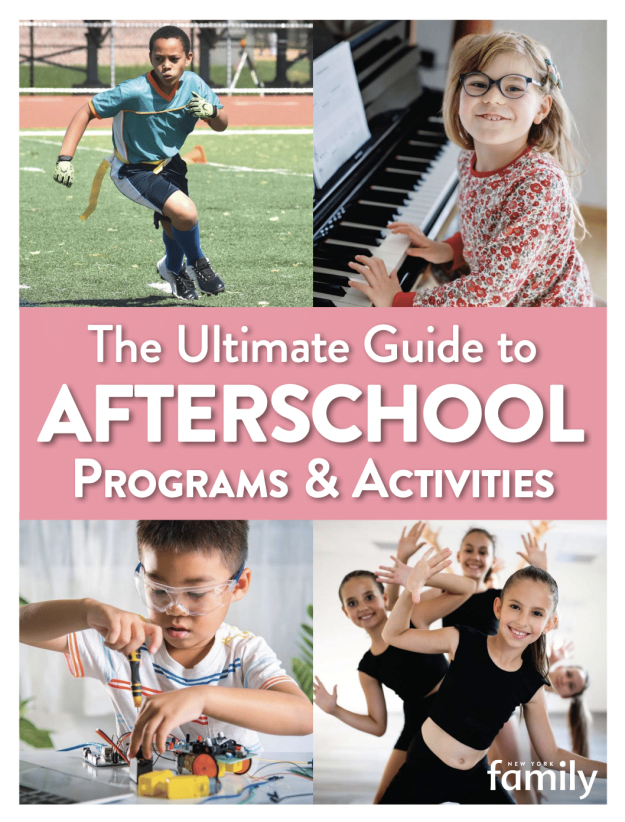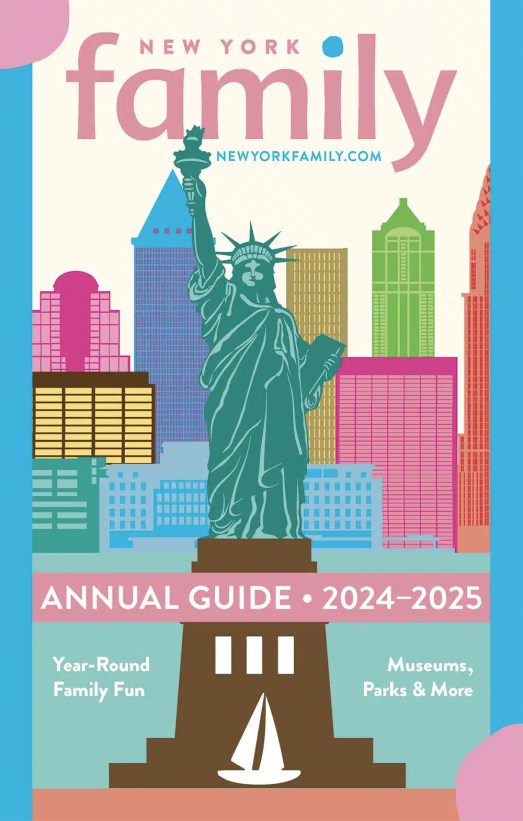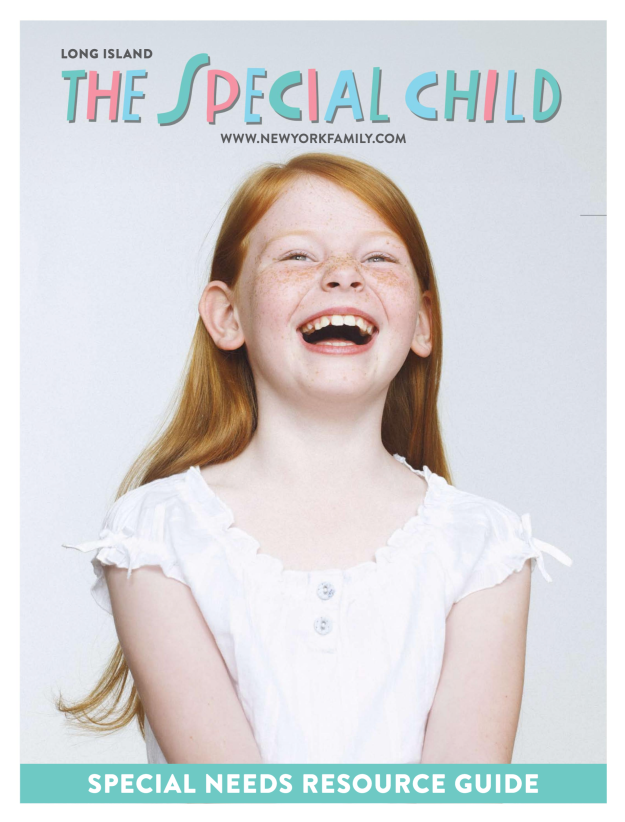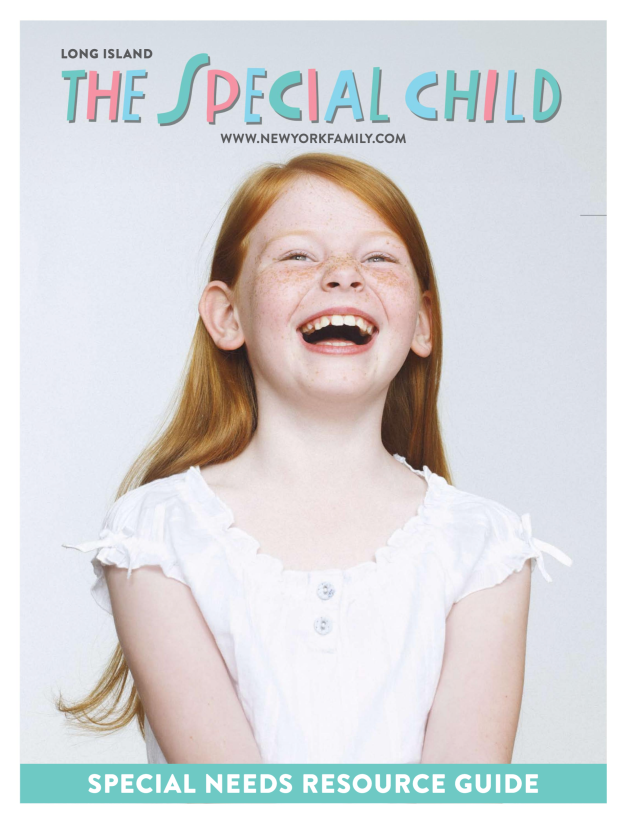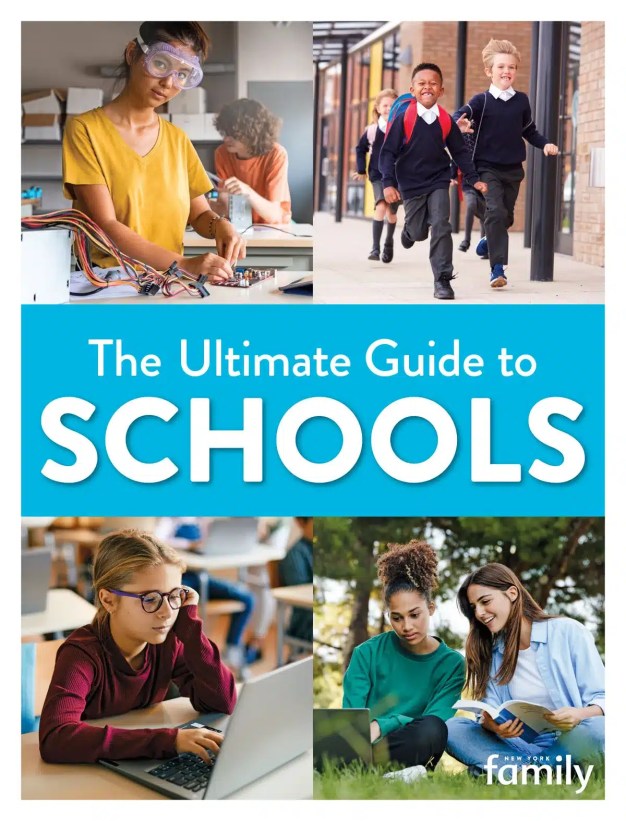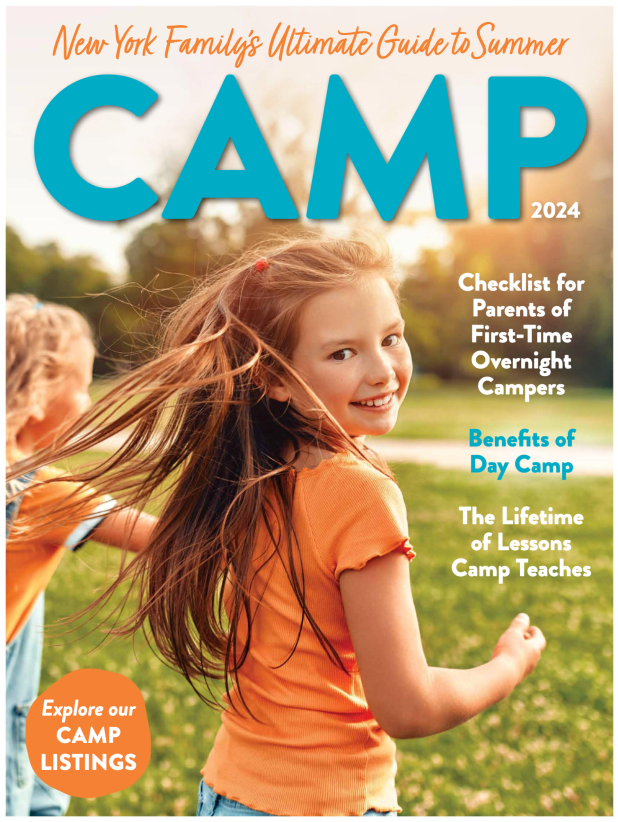 Your child is struggling to sound out words, write simple sentences, and solve even single-step math word problems. He has a learning disability and is drowning in school, as he watches his peers learn to read, write, and calculate with ease. You have tried just about everything to help him—workbooks, flash cards, drills, computer games, and the like—but nothing seems to be working. We now know that using evidence-based techniques for teaching students with learning disabilities, a trend in special education, can solve this long-standing dilemma of how to truly help struggling learners. So, what exactly are evidence-based techniques, and how can you reinforce this instruction at home?
Your child is struggling to sound out words, write simple sentences, and solve even single-step math word problems. He has a learning disability and is drowning in school, as he watches his peers learn to read, write, and calculate with ease. You have tried just about everything to help him—workbooks, flash cards, drills, computer games, and the like—but nothing seems to be working. We now know that using evidence-based techniques for teaching students with learning disabilities, a trend in special education, can solve this long-standing dilemma of how to truly help struggling learners. So, what exactly are evidence-based techniques, and how can you reinforce this instruction at home?
Several techniques and interventions for students with learning disabilities are scientifically-based and have been found to be effective. One such technique is direct instruction, which uses straightforward techniques to explain a concept, and can help a student with a learning disability retain new material. For instance, an instructor might directly teach students that proper nouns or new sentences always begin with a capital letter—or they might directly explain the “floss” spelling rule, where we double the last letter if a single syllable word ends with an f, l, or s.
Strategy instruction is also evidence-based, and is an effective tool for students with learning disabilities. With this technique, a teacher provides a clear strategy that helps students come up with a response or solve a problem. For instance, the “OINS” strategy can help students with learning disabilities solve math word problems in an organized fashion. With this strategy, students read a word problem, then break it down into four steps: O (Operation, where they write down correct operation symbol), I (Information, where they write the relevant information needed for solving the problem), N (Number Sentence, where they write the complete number sentence), and S (Solution Sentence, where they write the solution to the problem as a full sentence).
For reading, however, using a sequential, multi-sensory approach has been considered one of the most effective evidence-based approaches for teaching students with learning disabilities. Multi-sensory instruction engages more than one sense at a time. As a basic example, your child may learn about shells in school. Rather than simply reading about them in a book, he may collect shells in their natural environment, then feel them, smell them, and even put them to his ear to listen to the sounds they may project. He might also search for facts about shells online, forming a connection with this information from the visual, auditory, and tactile modalities he used when studying the shells.
Multi-sensory instruction can help students with dyslexia and language-based learning disabilities in particular develop their basic reading skills. Orton Gillingham pioneered this approach, by helping students make connections between letters and sounds and learning to blend these sounds together to form words. Many Orton Gillingham-based programs now exist, but they all share the common elements of using the auditory, visual, and tactile approaches to help students develop their reading skills. Some multi-sensory components of these programs, many of which you can reinforce at home, are detailed as follows:
Audio-visual card drills: Students learn to connect a given letter and sound to a key picture. The letter is often written on the front of a flash card with a key picture on the back—like P (on the front) and pizza (on the back), or a (on the front) and apple (on the back). An instructor might orally model to the student that “P makes the sound p, like in ‘pizza’” and have the student repeat back that sequence.
Sand or shaving cream writing: Using a tactile tool like sand or shaving cream can help students further connect letters to sounds and remember these connections for the long run. In doing so, they trace a letter in the sand or shaving cream while saying its formation. For instance, when writing the letter P, they would say aloud, “around, down, and across” as they write the letter—followed by the sound it makes, which in this case is p.
Skywriting: Students utilize muscle memory with sky writing to help them further connect sounds to letters and form the letters properly when writing. They may stand up and use their gross motor muscles to write a letter formation in the sky with their pointer and middle fingers, like “down and across” for the letter T.
Magnetic tiles: Students can learn to effectively combine sounds to form words using a multi-sensory tool such as magnetic tiles. An instructor may dictate, for instance, the word “cat,” and ask the student to spell the word using magnetic tiles. The student would select from a group of letters first the letter C (which says c), then the letter A (which says a) and finally the letter T (which says t)—then blend those sounds together to form the word.
Students with learning disabilities often continue to struggle as they progress through school and the academic demands increase. Yet the trend towards evidence-based instruction in the classroom can help ease this struggle, ultimately helping students with learning disabilities feel confident and successful in school.
Dr. Emily Levy is the founder of EBL Coaching, a local tutoring program that specializes in one-on-one home and on-site instruction for students in grades pre-K-12. She is also the author of the workbook series Strategies for Study Success and Flags and Stars. To learn more about Emily Levy and EBL Coaching, visit eblcoaching.com!





